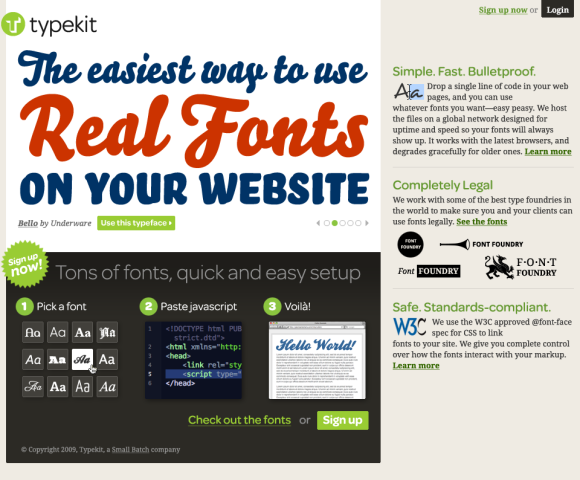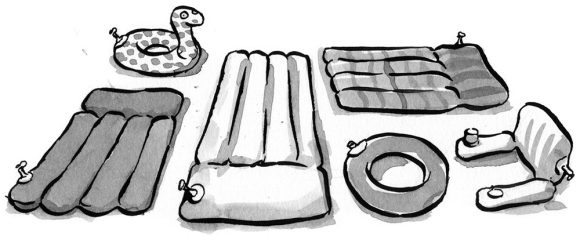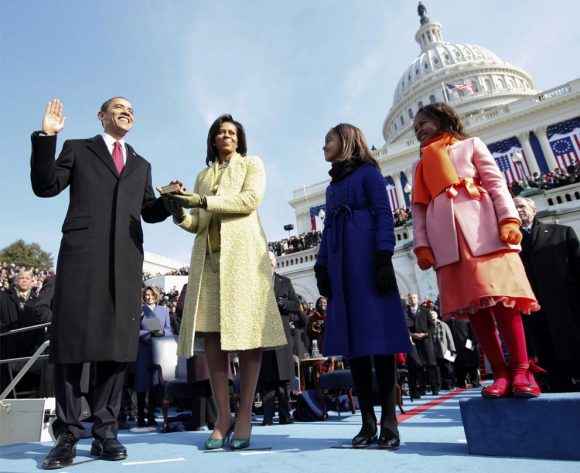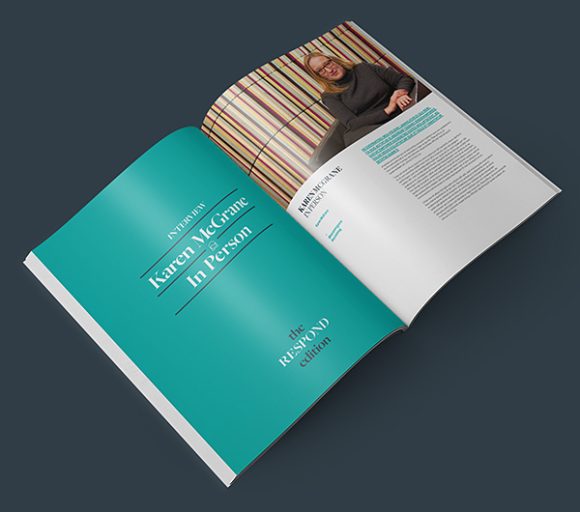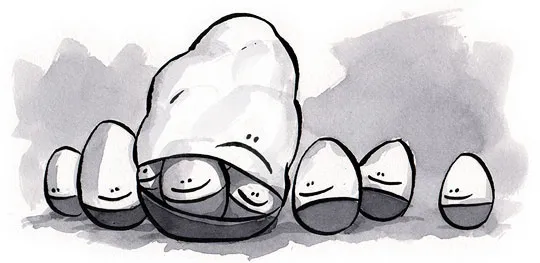A fairly thorough retrospective of Google and the huge impact the company had over the past year. Check out the list of releases and new ideas Google pushed in 2009. Impressive and scary at the same time. I wish the little blip about me leaving earlier this year weren’t present, though I’ll admit that’s how I found this article. This paragraph toward the end sums it up best:
Google in late 2009 is now covering or aiming to cover web apps, the browser that runs the web apps, the OS that runs the browser, and, according to rumors, even the computer that runs the OS.

